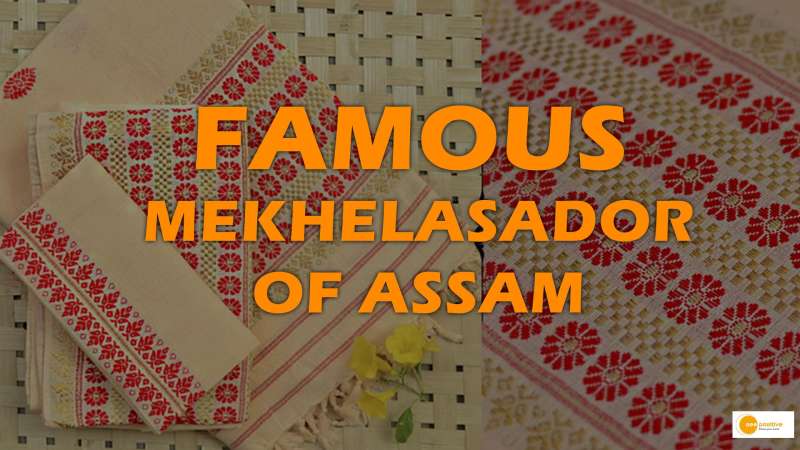

In the heart of northeast India’s Assam, the Mising tribe women of Kalakuwa village keep alive the rich tradition of weaving using bamboo looms. At just 17, Opuli Narah has mastered the art of weaving Mekhela Sador, the iconic attire of Assamese women. Across the village’s 110 households, the rhythmic thak thak thak of bamboo pedal looms resonates from the Chang Ghar stilted houses as these weavers work tirelessly. This ancient craft is more than just a skill—it’s a cherished part of the Mising tribe’s culture.
Mekhela Sador
Opuli Narah learned weaving from her mother Kumaldoy Narah, a 45-year-old weaver herself. Creating a set of Mekhela Sador—a two-piece ensemble with Mekhela wrapped around the waist and Sador draped over the shoulders—is a meticulous process that takes up to 30 days to complete. Despite their dedication, the earnings remain modest, ranging from Rs 2,000 to Rs 3,000 per set. Opuli’s passion shines through as she weaves traditional motifs like diamond patterns, aiming to weave her way into a brighter future.
The craft and its symbolism
The Mising community’s profound connection with nature finds expression in their designs, reflecting geometrical shapes, lines, triangles, and natural elements like the sun, moon, and birds. Each piece they create tells a story, a testament to their intricate cultural identity. The Mising women use locally known bamboo pedal looms called ‘Bha’ or ‘Dibang bha,’ where tightly stretched vertical yarns form the warp. Opuli expertly uses an oval-shaped bamboo shuttle called ‘Maku’ to weave the weft, tightening the weave with a bamboo paddle.
Preserving culture and nurturing hope
The Mising women’s devotion to preserving their cultural heritage through weaving is evident, even in the face of adversity. With each handcrafted piece, they weave threads of tradition, dedication, and resilience. As these artisans strive to maintain their craft, it’s a reminder that supporting traditional practices holds the power to sustain not only cultural identity but also the livelihoods of communities deeply rooted in their traditions.


